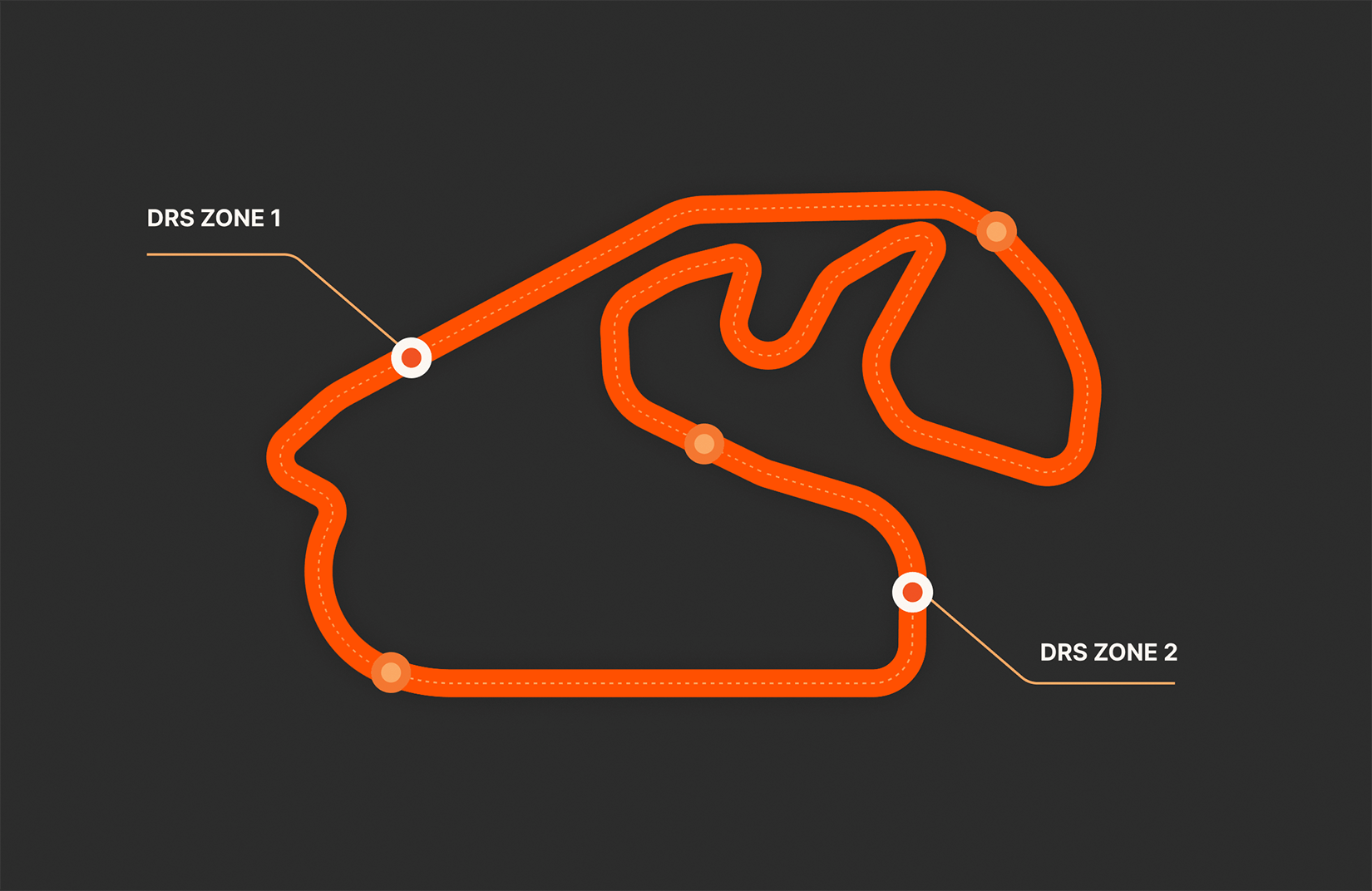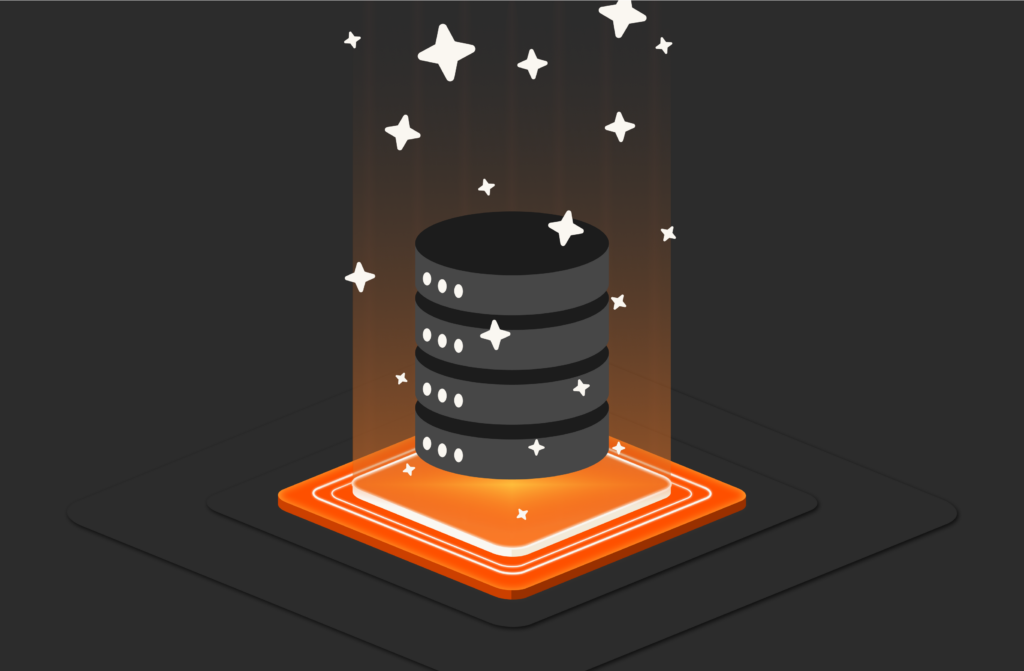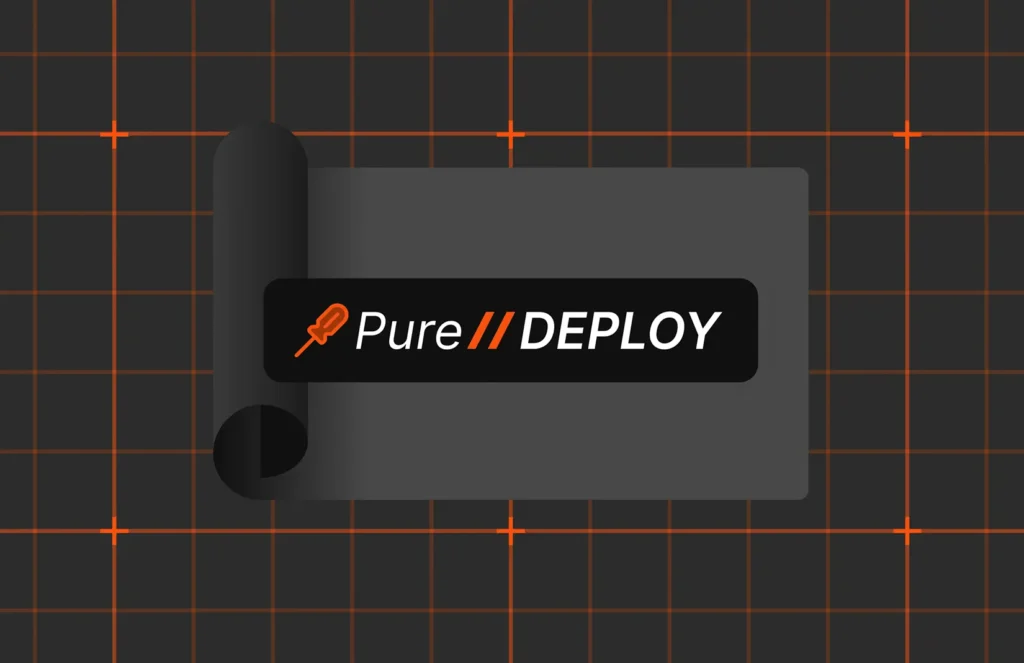Picture this: A Formula One driver is hot on the tail of a rival. As he approaches a straightaway, a light flashes on the dash. With the press of a button on the steering wheel, a rear flap on the car is activated, allowing him to hit top speed. In a wash of sparks, he passes his rival into the next turn, sliding up a spot on the leaderboard.
Overtaking is one of the most important strategies in automotive racing—and it’s also one of the most data driven, with complex technology powering the sequence of events just described.
Let’s look at the drag reduction system (DRS) and how it works.
How DRS Works
DRS has been around since 2011 when it was introduced to improve overtaking in racing. Let’s take a quick look at how it works:
- DRS is a rear flap on the car. When the flap is opened using a button in the cockpit, it reduces drag—meaning, aerodynamics are improved, allowing up to a 20km increase.
- Cars can only use DRS in specific zones. Every track has DRS zones in strategic places that typically end in a turn that requires hard braking for safety purposes.
- Cars can only activate their DRS when they’re within a second of the car in front. Defending cars can only deploy DRS if there’s a car in front of them, too.
- Once the gas pedal is lifted, DRS is deactivated, lowering the flap.
So, how do drivers know if they’re within a second of each other when they’re using only their eyes and ears? That’s where data comes in.
How Data Travels Around Racing Circuit Networks
There’s more flying around grand prix circuits than the cars. On race days, data travels between tracks’ complex networks and data centers at incredible speeds. Cars are data-driven machines as well. Together, they create a real-time feedback loop that makes DRS possible.
First, every circuit has “loops”—wires that act as antennas, recording data as each car passes. Loops can do a lot in the data-driven course of a race: They can detect lap times, monitor how drivers respond to safety flags and other regulations, and signal DRS. Loops are peppered around the track: at the start and finish line, timing loops staggered every hundred meters or so, and at DRS detection zones.
Detection zones are a brief stretch at the start of the DRS zone, marked by signs along the edge of the track. Loops generate data about the speed of and the distance between cars as they pass.
Learn more about each track’s layout and what makes them unique and challenging >>
Finally, every car has a transponder attached to its bodywork. Transponders have microchips encoded with a unique ID number assigned to a driver’s number, then an antenna for transmission of data. When the transponder receives the signal that it’s eligible to overtake, the light pops on (or there’s a beep) and it’s up to the driver to activate DRS and make his move.
F1 cars might be the fastest on the planet, but that’s some seriously fast data.
When Milliseconds Matter
You can imagine the implications of that data not traveling fast enough.
Drivers are unable to overtake with DRS if the system malfunctions—or, more likely, if DRS is disabled. This could happen for safety reasons, for example, if the track is wet due to weather conditions, or for the regulated two laps after a safety car is deployed.
At Pure Storage, we know fast analytics and agile data are key to our customers’ success. The most ambitious innovators need data that moves as fast as they do, and numerous use cases in high-powered computing and automation demonstrate the incredible potential for this tech when data can keep up.
Updates to DRS in 2023
DRS made headlines a lot in the last few years—and, after this year’s first F1 Commission meeting, a few updates were announced.
Last year, many predicted DRS would make less of an impact than it has in the past. New cars in 2022 were designed to create more downforce, which theoretically would mean they could go faster on straights, making overtaking easier outside of DRS zones alone.
To add a bit more balance this year, five tracks are getting DRS zone adjustments: Bahrain, Jeddah, Baku, Miami, and Melbourne, which is getting a fourth DRS zone added back in. The goal is always to add to the action, so it may mean lengthening the zones deemed too short or adjusting those that weren’t challenging enough.
Achieve IT Agility
How the Pure Storage Data Platform delivers tangible outcomes for customers.







